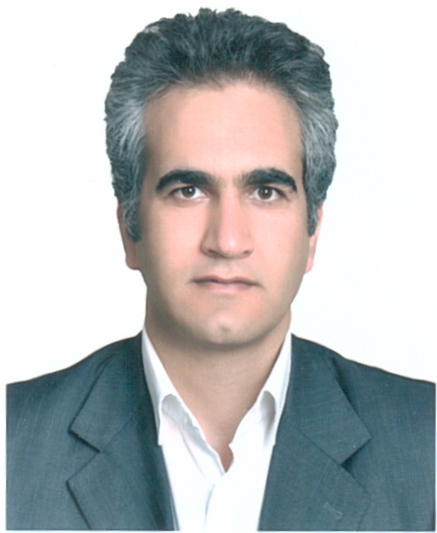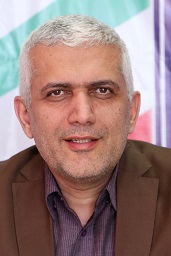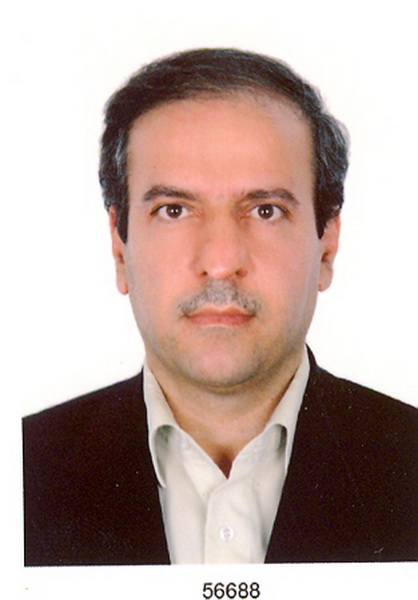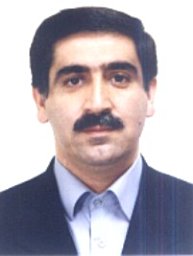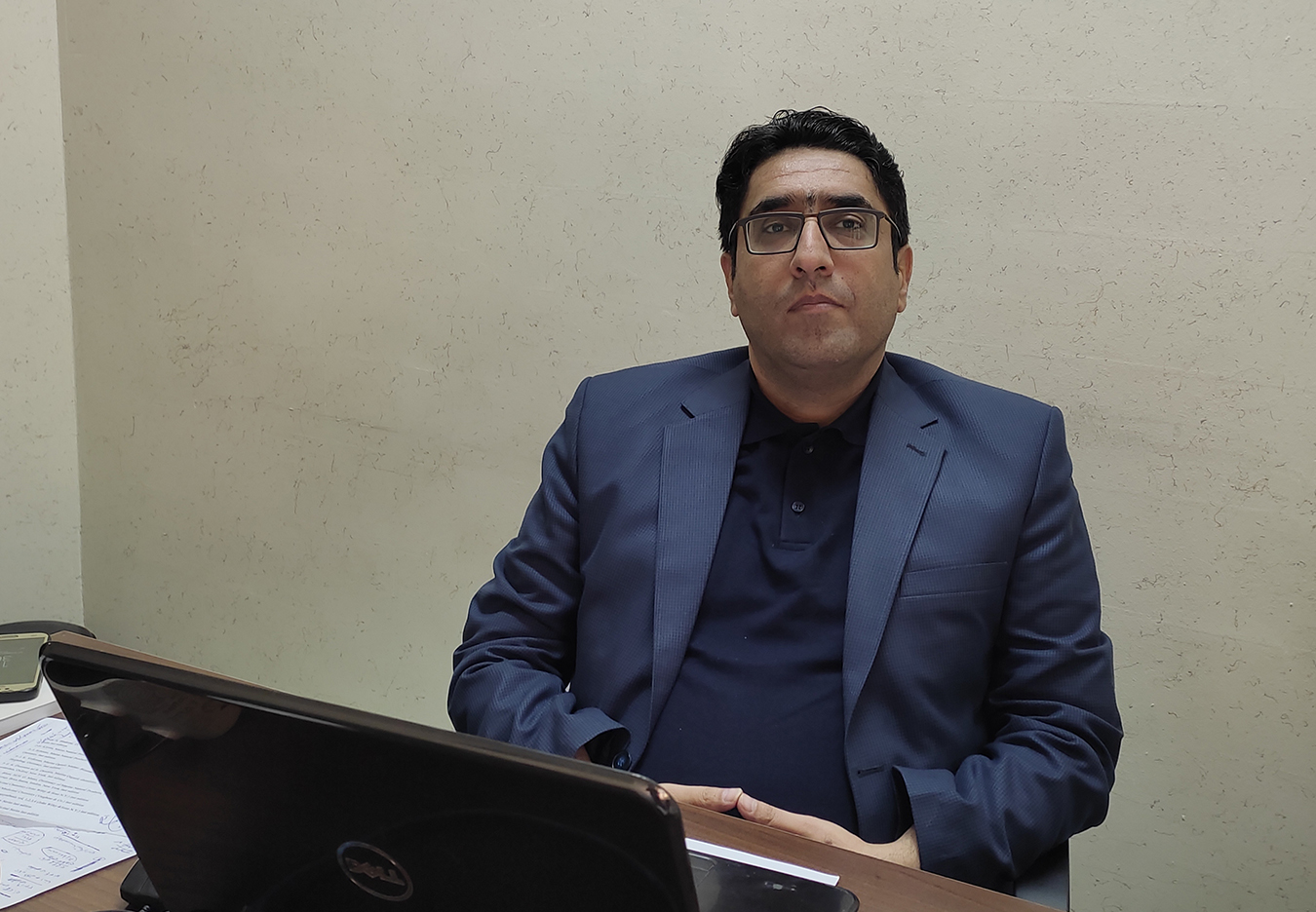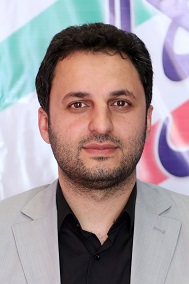Isolation and Structural Characterization of Tropolonic Alkaloids Colchicum speciosum Steven bulbs
The Colchicum genus, is well-known for its significant biological activities. Among its bioactive constituents, tropolonic alkaloids, particularly colchicine, are widely used in the treatment of gout and have shown potential in treating proinflammatory conditions such as familial Mediterranean fever and Behcet's disease. Furthermore, colchicine has emerging applications in anti-tumor therapies. Colchicum speciosum Steven, a perennial herb native to Iran, is a valuable source of these bioactive compounds. This study investigates the phytochemical profile of C. speciosum bulbs collected from Savadkouh, Iran. Methanol (MeOH) extracts were analyzed using high-performance liquid chromatography with photodiode array detection and mass spectrometry (HPLC-PDA-MS), along with nuclear magnetic resonance (NMR) spectroscopy. The MeOH extract was sequentially partitioned with dichloromethane (CH₂Cl₂), ethyl acetate (EtOAc), and water. Electronic circular dichroism (ECD) spectral calculations were used to determine the absolute configurations of compounds 3, 4, and 5. Chromatographic separation of the CH₂Cl₂ fraction led to the isolation and identification of five tropolonic alkaloids, including four known compoundscolchicine (1), demecolcine (2), speciosamine (4), and N-formyldemecolcine (5) and one novel compound 3. The structures were confirmed by 1D (¹H NMR) and 2D-NMR (COSY, HSQC, and HMBC). ECD analysis confirmed that compounds 3, 4, and 5 exhibited the S configuration. This study expands the chemical profile of C. speciosum, identifying one new tropolonic alkaloid and four known compounds, thereby advancing our understanding of the phytochemistry of this plant.
Probing the scent code: comparative metabolite profiling of essential oils in two Lavandula species across phenological stages
The genus Lavandula (Lamiaceae) comprises aromatic plants widely cultivated for their essential oils, which are valued for their applications in perfumery, cosmetics, and herbal medicine. This study presents a comparative metabolomic analysis of essential oils from Lavandula angustifolia Mill. and Lavandula × intermedia Emeric ex Loisel. at two phenological stages—vegetative and flowering—to decode their scent profiles and underlying chemical divergence. Gas chromatography–mass spectrometry (GC-MS) revealed significant qualitative and quantitative differences in oil yield and composition between species and developmental stages. L. angustifolia exhibited a floral aroma chemotype dominated by linalool (40.7–50.2%) and linalyl acetate, particularly during flowering, whereas L. × intermedia displayed a sharper, medicinal profile characterized by 1,8-cineole (up to 52.6%) and borneol, especially in the vegetative phase. Multivariate analyses (hierarchical clustering and PCA) confirmed clear chemotypic segregation based on species and developmental stages, identifying distinct metabolic signatures: a linalool-rich chemotype in L. angustifolia and a 1,8-cineole/borneol-rich chemotype in L. × intermedia. Oxygenated monoterpenes were the dominant compound class in all samples, with the highest abundance in flowering L. angustifolia (91.7%). Developmental transitions notably influenced metabolite profiles, indicating transcriptional regulation of terpene biosynthesis. These findings provide insights into species-specific secondary metabolism and support targeted cultivation strategies for perfumery, cosmetics, and medicinal applications based on genotype × environment × development interactions.
Optimization of oleoresin extraction from coriander seeds and isolating fatty acids by column chromatography
Coriander (Coriandrum sativum L.) is widely used as a flavor enhancer in food and medicinal products due to its rich content of bioactive compounds, including fatty acids, polyphenols, and essential oils. Among these, linoleic acid a predominant fatty acid in coriander oleoresin imparts significant medicinal properties, such as antioxidant, antimicrobial, anti-inflammatory, and hypolipidemic activities. In this study, we optimized oleoresin extraction from coriander seeds at room temperature using maceration, sonication, and a combined ultrasound-maceration method. The hyphenated ultrasound-maceration method (15 min sonication at 50% power followed by 24 h maceration) yielded the highest extraction efficiency (4.67%), while 24 h maceration alone yielded 3.92%. Given the marginal yield difference, maceration was deemed more cost-effective for large-scale applications. The overall extraction curve (OEC) for maceration revealed that 12 h extraction provided an optimal balance between yield (3.78%) and total phenolic content (27.88 mg GAE/g extract), making it the preferred duration. For fatty acid isolation, silica gel column chromatography with gradient elution (96% hexane/4% ethyl acetate) successfully separated a fatty acid-rich fraction (0.272 g). Structural characterization via ¹H NMR and GC-MS confirmed the presence of linoleic acid, one of the most abundant fatty acids in coriander oleoresin.
Agro-morphological diversity of Salvia mirzayanii Rech. F. & Esfand. (Lamiaceae) populations grown wild in Iran: the first step in plant conservation and domestication
The genus Salvia L. (Lamiaceae) comprises approximately 900 species distributed worldwide. Iran is home to 58 annual and perennial Salvia species, 17 of which—such as Salvia mirzayanii Rech. f. & Esfand—are endemic. This species predominantly grows in the southern regions of Iran, particularly in the Fars and Hormozgan provinces. Traditionally, S. mirzayanii has been used for treating gastrointestinal disorders including gastric irritation, diarrhea, abdominal pain, and poisoning, as well as for relieving headaches and promoting wound healing. In the present study, morphological diversity among seven populations of S. mirzayanii (SMPs), collected from various geographic regions—Bavanat (SMP1), Sarvestan (SMP2), Darab (SMP3), Lar (SMP4) Tange-Zagh (SMP5), Sarchahan (SMP6), and Sirmand (SMP7)—was assessed as a fundamental step for conservation, domestication, and breeding efforts. Eighteen qualitative and quantitative traits related to yield were evaluated. The Darab population (SMP3) exhibited the greatest leaf length and width, while the Sirmand population (SMP7) showed the highest values for peduncle length, internode length, and bract width. Factor analysis revealed that the first three factors accounted for 51.784% of the total variance. Key traits contributing to the observed variation among populations included corolla length, filament length, anther length, pistil length, bract length, and bract width. Cluster analysis based on morphological traits grouped the SMPs into two main clusters. The first cluster comprised the Sarchahan (SMP6), Sirmand (SMP7), Tange-Zagh (SMP5), Darab (SMP3), and Sarvestan (SMP2) populations, while the second cluster included the Bavanat (SMP1) and Lar (SMP4) populations. The findings of this study provide valuable insights for selecting superior genotypes suitable for in-situ and ex-situ conservation, as well as for future use in agricultural systems.
Ultrasonic irradiation in a continuous flow batch-mode system for essential oil extraction and in vitro anti-inflammatory evaluation
Thymus daenensis Celak, an endemic species of the Lamiaceae family, is widely used in traditional Persian medicine in Iran. In this study, a novel approach is presented to enhance the extraction of essential oil (EO) from dried aerial parts of the plant by integrating an online ultrasound-assisted extraction (UAE) technique into a continuous flow batch-mode system coupled with a Clevenger apparatus. A response surface methodology (RSM) was applied to evaluate the interactions among key variables—temperature, extraction time, and feed-to-solvent (F/S) ratio. The optimal extraction conditions were determined to be 30.06 °C, an F/S ratio of 14.52 g·L⁻¹, and an extraction time of 53.96 minutes. Under these conditions, the EO yield obtained via UAE was 10.51 mg·g⁻¹ of plant material, representing a 23.8% increase compared to the yield from the conventional method (8.49 mg·g⁻¹). Chemical composition analysis of the EO revealed that carvacrol (57.82%) and thymol (22.20%) were the predominant constituents. Ultrasound treatment also induced significant morphological alterations in the plant cell structure compared to traditional extraction techniques. Moreover, the EO extracted under optimal UAE conditions exhibited a notable anti-inflammatory effect, achieving 89% inhibition of albumin denaturation at a concentration of 900 µg·mL⁻¹.
Inaugural Issue of PhytoNexus
It is with immense pleasure and pride that we present the inaugural issue of PhytoNexus, a new international peer-reviewed journal dedicated to advancing the frontiers of plant sciences and their interdisciplinary applications. At a time when the world is facing complex global challenges—climate change, food insecurity, biodiversity loss, and the urgent need for sustainable health solutions—the role of plants as a foundation of life, culture, and innovation has never been more critical.
PhytoNexus was conceived as a scholarly platform where the many branches of plant science can converge. Our journal is not merely a repository of botanical knowledge; it is a dynamic space that fosters dialogue among natural product chemists, biotechnologists, pharmacologists, agronomists, ecologists, ethnobotanists, and nanotechnologists. We believe that the future of plant science lies in the fusion of tradition and technology, discovery and application, local wisdom and global science.
As we advance into an era defined by artificial intelligence and the metaverse, PhytoNexus envisions harnessing these groundbreaking technologies to enhance our understanding of natural products, accelerate the discovery of plant-derived bioactives, and promote immersive, cross-disciplinary collaboration within virtual research environments.
This first issue marks the beginning of what we hope will be a long and fruitful journey. It features original research and critical reviews spanning topics such as phytochemistry, herbal medicine, omics technologies, plant–environment interactions, and green chemistry. The inclusion of studies on the recovery of bioactive compounds, sustainable herbal formulations, and plant-based nanotechnology underscores our commitment not only to scientific excellence but also to societal relevance.
We extend our sincere gratitude to our editorial board members, reviewers, and contributors, whose dedication and expertise have made this launch possible. Their commitment to academic integrity and scientific innovation forms the bedrock of PhytoNexus. We also invite researchers, educators, and practitioners worldwide to join us in this endeavor—to explore, collaborate, and publish within this unique nexus of plant-based knowledge and discovery.
Let PhytoNexus be your scholarly home—where nature meets innovation.
With warm regards,
About the Journal
ISSN: 0000-0000
Director in Charge:
Editor-in-chief: Prof. Mohammad Hossein Mirjalili
Publisher: Maher Publication. (MAHERPUB)
Email: admin@phytonexus.org / m-mirjalili@sbu.ac.ir
Open Access: YES
Aims and Scope
PhytoNexus is a rigorous peer-reviewed journal dedicated to advancing the field of plant sciences by providing a platform for high-quality, genuine interdisciplinary research. The journal fosters collaboration and innovation across a broad spectrum of plant sciences, encompassing natural product chemistry, herbal applications, and their industrial and pharmaceutical potentials. It aims to publish original research, reviews, and critical perspectives that enhance our understanding of plant systems and their interactions with the environment, society, and technology.
PhytoNexus bridges the gap between fundamental research and practical solutions, addressing global challenges such as food security, biodiversity conservation, sustainable development, and climate change adaptation. By offering a platform for scientists, educators, practitioners, and policymakers, the journal promotes the dissemination of innovative findings and fosters interdisciplinary dialogue for the advancement of plant sciences and their applications.

